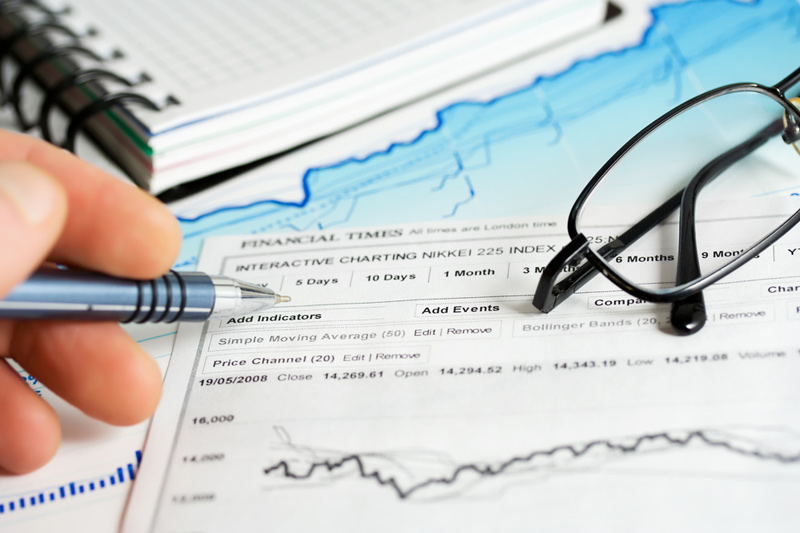By Rae Wee
SINGAPORE (Reuters) – The dollar hit a four-week top against its major peers on Thursday, shrugging off a U.S. credit rating downgrade that cast doubt on the country’s fiscal outlook, and instead got a leg up from strong private payrolls data.
Data out on Wednesday showed U.S. private payrolls rose more than expected in July, boosting the dollar as it pointed to continued labour market resilience.
That pushed the to a two-month low in Asian trade and against the yen, the greenback hit its highest since July 7.
The fell 0.09% to $1.0928, while the scaled a four-week peak of 102.82, extending the previous session’s 0.5% gain.
Yields on U.S. Treasuries also stayed elevated on the prospect of higher for longer U.S. rates, with the benchmark hitting a near nine-month high of 4.1360%.
“Strong ADP numbers, insofar as it is taken to be a gauge of non-farm payrolls, ostensibly invoked a good deal of upside in U.S. Treasury yields and the U.S. dollar,” said Vishnu Varathan, head of economics and strategy at Mizuho Bank.
The closely-watched U.S. nonfarm payrolls report is due on Friday.
A fresh wave of risk aversion after rating agency Fitch downgraded the U.S. government’s top credit rating could have resulted in some safe-haven buying, others said, which paradoxically also lent support to the dollar.
The move, which drew angry responses from the White House and left some investors dumbfounded, had sparked a selloff in Wall Street in the previous session.
The cautious tone extended into Asia and left the Australian dollar struggling to regain its losses after hitting a trough of $0.6525 earlier in the session.
The similarly slid to its lowest since end-June at $0.6065, after having tumbled more than 1% on Wednesday.
“Risk assets have been more impacted by the Fitch downgrade,” said Tina Teng, market analyst at CMC Markets. “The U.S. dollar actually strengthened against most other currencies (and) there were risk-aversion trades across all the asset classes.”
Against a stronger dollar, fell 0.08% to $1.27015, ahead of the Bank of England’s monetary policy decision later on Thursday, where the central bank is expected to raise interest rates to a 15-year high of 5.25% from 5%.
The was last nearly 0.4% lower at 143.83 per dollar.
The Japanese currency has come under pressure this week even as the Bank of Japan on Friday loosened its grip on interest rates. Policymakers have also been quick to pushback against speculation that the move was a prelude to an imminent exit of the central bank’s ultra-easy policy.
“The weakness has likely been driven by unwinds of more significant policy normalisation trades,” said Karen Fishman, a senior strategist at Goldman Sachs.
Elsewhere in Asia, strengthened slightly after data on Thursday showed that the country’s services activity expanded at a slightly faster pace in July, though investors continue to be on the lookout for further support measures from Beijing following last week’s Politburo meeting.
“We will assess the specific policies rolled out in the coming weeks before we make changes to our allocation on China,” said Gary Tan, a portfolio manager at Allspring Global Investments.
Read the full article here


